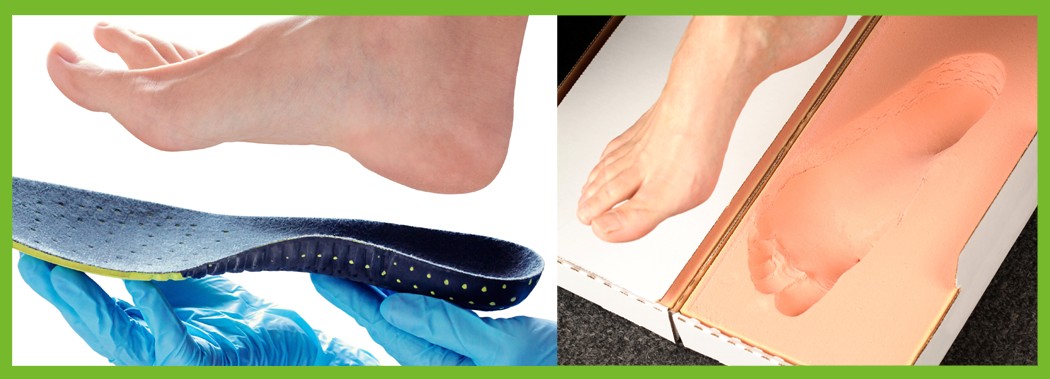Physiotherapy in Kitchener for Exercise
For cutting-edge sports nutrition information, the 55th Annual Meeting of the American College of Sports Medicine was the place to be! More than 5,000 exercise scientists, sports dietitians, physicians and coaches gathered in Indianapolis in late May to share their latest research. Below are some of the sports nutrition highlights. (For other highlights, see www.acsm.org.)
- Eating an energy bar just 15 minutes before you exercise is as effective as eating it an hour before. Grabbing fuel as you rush to your workout is a convenient idea that works.
- Natural sports snacks, like a granola bar or banana, offer a variety of sugars, but engineered foods might offer just one type of sugar. Because different sugars use different transporters to get into muscle cells, eating a variety of sugars enhances energy availability. In a 62-mile (100 km) time trial, cyclists who consumed two sugars (glucose + fructose) completed the course in 204 minutes; those who had just glucose took 16 additional minutes. The bottom line: eat a variety of foods with a variety of sugars during endurance exercise, such as sports drinks, tea with honey, gummi bears…
- Salty pre-exercise foods such as chicken noodle soup can make you thirsty and encourage you to drink more. This can reduce the risk of becoming dehydrated during hot weather.
- When exhausted cyclists were given a choice of recovery drinks, they all enjoyed — and tolerated well — chocolate and vanilla milks, more so than water, sports drinks or watery chocolate drinks. Chocolate milk is familiar, readily available, and tastes good!
- How long do elite soccer players need to recover from a game? In one study, they needed five days for sprinting ability to return to pre-game level. That’s four days longer than most athletes allow…
- How many calories does a triathlete burn during the Hawaii Ironman competition? Using labeled water, researchers determined a 173 lb (78.6 kg) man burned 9,290 calories. Body water turnover was about four gallons (16.5 L), and weight dropped 7.5 percent. Muscle glycogen dropped by 68 percent.
- Have you ever wondered how long it takes for the water you drink to end up as sweat? The answer: only 10 minutes (in trained cyclists). Ingested fluid moves rapidly, so don’t hesitate to keep drinking even toward the end of an event.
- Have you ever wondered how long it takes for the water you drink to end up as sweat? The answer: only 10 minutes (in trained cyclists). Ingested fluid moves rapidly, so don’t hesitate to keep drinking even toward the end of an event.
- Have you ever wondered how long it takes for the water you drink to end up as sweat? The answer: only 10 minutes (in trained cyclists). Ingested fluid moves rapidly, so don’t hesitate to keep drinking even toward the end of an event.
- Should an endurance athlete choose a sports drink with protein during exercise? The research is confusing due to different protocols (time trials vs. endurance tests). Plus, in most research studies, the subjects are given nothing to eat before the exercise tests – an unlikely situation for most endurance athletes. Hence, we need more “real-life” research. Until then, plan to eat carbs with a little protein pre-exercise — i.e., cereal with milk, a cup of yogurt — so the protein will be available, if needed. During exercise, choose a sports drink that tastes good, so you’ll want to consume enough.
- Some endurance athletes do perform better with protein during exercise. For example, when given carbs or carbs plus protein during an endurance exercise test, those who were “high responders” to the protein performed about 10 percent better in the time trial at the end of the endurance test, as compared to the “low responders.” This is just one example of how each athlete has his or her individual response to different fuels during exercise. The best bet: Experiment during training to learn what sports drinks/foods settles best, tastes good and works well for you personally!
- A Norwegian study of elite endurance athletes showed that 73 percent took vitamin supplements. Little did they realize their diet provided the recommended nutrient intake without the pills. The vitamin intake of the pill takers was very high: 135 percent to 391 percent of recommended levels. Two exceptions were Vitamin D (low in 22 percent of the athletes, perhaps due to the fact they live in Norway and have less sunshine) and iron (low in 10 percent of the women). The researchers remind us that high vitamin intakes can have toxic effects and may be detrimental to health over time. The best bet is to eat your vitamins via healthy foods.
- The “freshman 15” gained in the first year of college may be an exaggeration. Among a group of 40 female college freshman, half gained and half lost weight (~4 to 5 pounds) Excess calories from specialty coffees and soda contributed to the weight gain. Watch out for liquid calories!
- If kids are going to play video games, they might as well play active ones, such as Wii Boxing, Wii Tennis or Dance Dance Revolution. These burn two to three times the calories of traditional hand-held games.
- Women who exercise experience an increase in the hormones that stimulate appetite; men have less of a response. This means women tend to get hungry after exercise and have a harder time with weight reduction than do men. Science finally validates what women have known all along!
- If you have “healthy genes,” you still need to exercise to be able to gain access to the potential good health you inherited. There’s no slouching when it comes to prolonging life!








